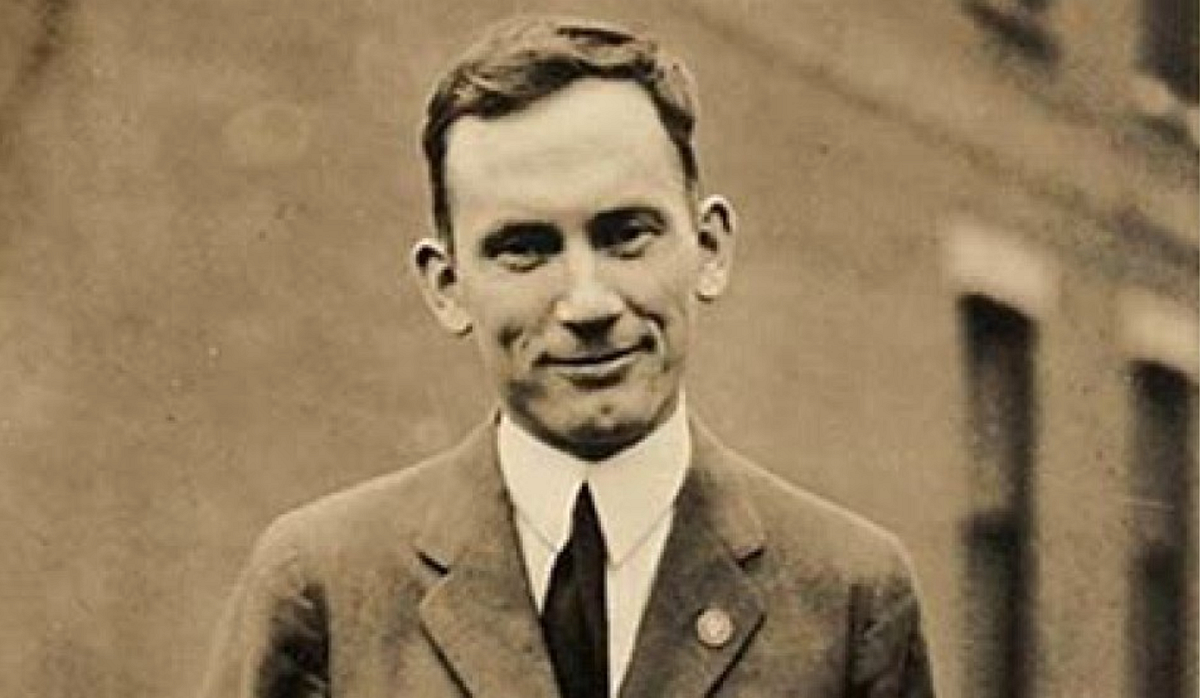
"There was a time (not so long ago...) when researching something meant sitting down and figuring it out. You'd open a few tabs, compare headlines and try to piece together what seemed credible. It wasn't perfect, but it worked. You weren't just searching for information, you were learning how to judge it. Now the answer shows up at the top. We don't navigate information anymore. And like any negotiation, the outcome doesn't just depend on what is said. It also depends on how it's delivered."
"Time-biased media like stone tablets, clay, and oral tradition: durable, slow to produce, hard to distribute. Designed to preserve memory across generations. They were costly to create, so what made it into stone was meant to last. Space-biased media like paper, newspapers and radio: fast, scalable, and easy to spread. Great for moving information across distance. The tradeoff is that the information is easy to forget."
A mid-20th-century theory identifies two structural biases of communication media: time-biased forms (stone tablets, clay, oral tradition) emphasize durability, slow production, and preservation across generations, while space-biased forms (paper, newspapers, radio) emphasize speed, scalability, and geographic distribution. Time-biased media prioritize cultural memory and permanence, making errors costly, whereas space-biased media prioritize rapid dissemination and ease of forgetting. The balance between these biases shapes how societies form, transmit, and validate knowledge. A tilt toward excessive speed undermines depth and longevity; an overemphasis on permanence can inhibit adaptability. Search and information delivery today function as negotiations where medium influences belief.
Read at Medium
Unable to calculate read time
Collection
[
|
...
]